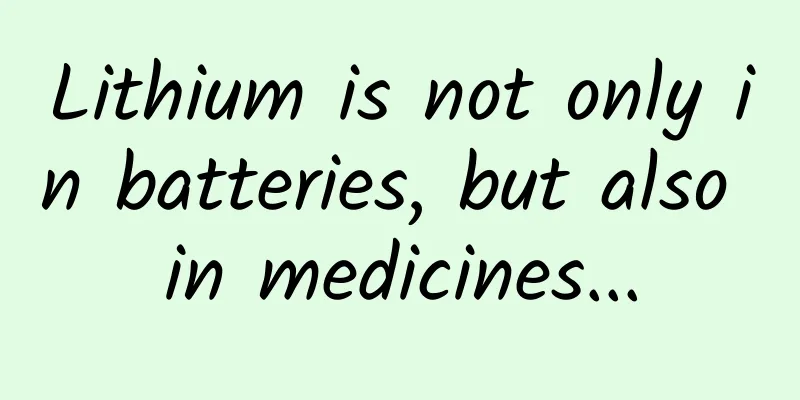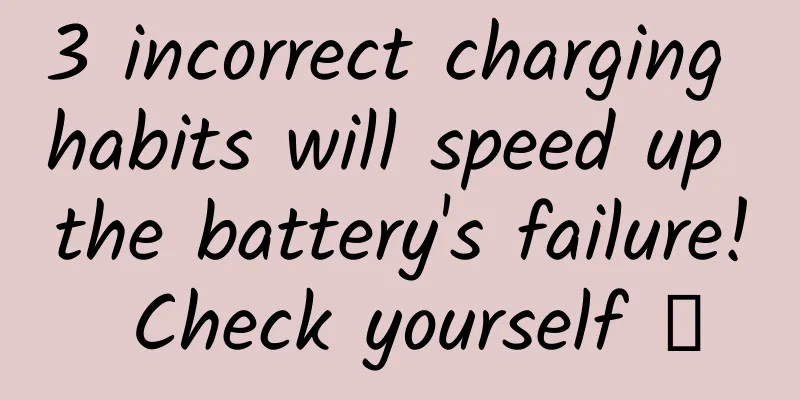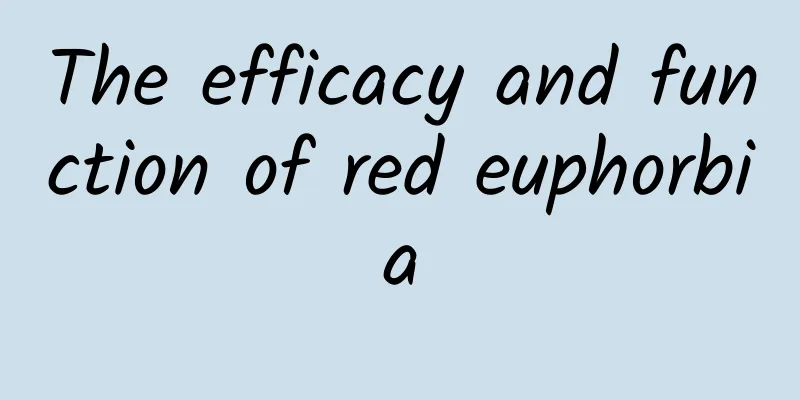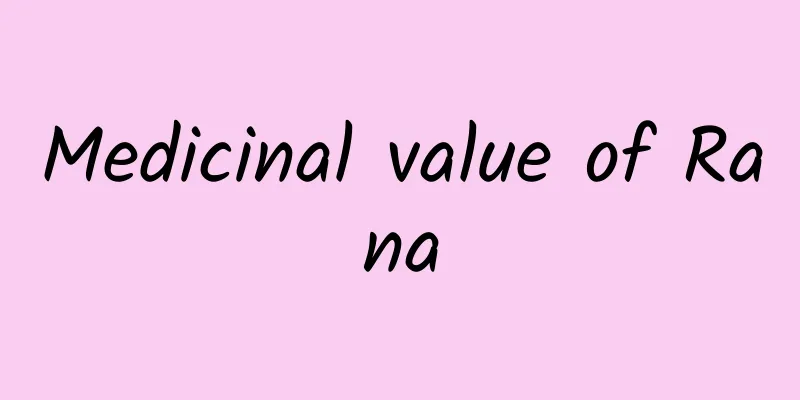Lithium is not only in batteries, but also in medicines...

|
Lithium is not only in batteries, but also in medicines... "Hydrogen, helium, lithium, beryllium, boron, carbon, nitrogen, oxygen, fluorine, neon..." Lithium, as the third element in the periodic table, is known as a green energy metal and "white oil". It is not only well-known as the core element of lithium batteries, but can also be turned into a "panacea" for treating mental illness - lithium salt. Speaking of lithium salt, we have to mention its interesting history of invention. Image source: Drawn by the author In the past, people were crazy about lithium. It was considered a panacea and added to water and sold as a health drink. Even now, the original formula of 7-Up, a favorite drink for children, still contains lithium. Lithium salts were even sold as a substitute for table salt, but serious side effects and death reports followed, and the lithium carnival came to an end. Because lithium can help the body excrete uric acid, it was first discovered by a British doctor, Garrod, for the treatment of gout. However, the effective therapeutic dose at that time was greater than the toxic dose, and the use of lithium salts came to an end. A century later, scientist John Cade believed that there might be some uric acid-related disease behind the "mental excitement" of manic patients. After learning about Garrod's successful experience in using lithium to treat gout, Cade began to treat 10 patients with lithium citrate and lithium carbonate. Most of the patients responded well, and after many years of treatment, they were basically cured and restored their social functions. This discovery did not cause a sensation in psychiatry at the time, but it laid a good foundation for the subsequent use of lithium salts to treat mental illnesses such as mania. Image source: Drawn by the author The turning point of the story came in 1952. After seeing Cade's research, a team of Danish psychiatrists conducted further experiments to confirm that lithium salts have therapeutic significance for mania. The turning point of things came on the day the photometer came out, but due to the refinement of the operation, special attention needs to be paid to the preparation of samples and the operation of the instrument to ensure the accuracy of the measurement results. This process is also full of difficulties. Fortunately, hard work pays off. Scientists use it to quickly and accurately measure indicators such as drug concentration and purity. This feature determines the range of the minimum effective amount of lithium salts to the minimum toxic dose, which is what we call the safe medication range. After a large number of subsequent clinical trials, the US FDA finally passed in 1970 to use lithium salts as a landmark drug for the treatment of mania. Since then, lithium salts have been widely used in clinical practice in the form of lithium carbonate. As we all know, the synthesis of glycogen, cell cycle, cell differentiation and apoptosis in our body are inseparable from the activity of glycogen synthase kinase 3 (GSK-3 for short). Lithium salts protect and nourish nerves by inhibiting GSK-3, thereby slowing down neurodegenerative diseases, enhancing nerve regeneration, and improving behavioral performance and cognitive function. Therefore, lithium salts are used clinically to treat acute brain injury (ischemia, etc.) and chronic neurodegenerative diseases (Alzheimer's disease, Parkinson's disease, Huntington's disease, etc.), improving the quality of life of many elderly people. In addition, lithium salts can also prevent suicide through their unique mechanism - reducing the recurrence of bipolar disorder, reducing aggression and impulsive behavior, and extending the life of many patients with refractory depression; lithium salts combined with second-generation antipsychotic drugs have also brought unexpected therapeutic effects to patients with schizophrenia. In addition to being used as a GSK-3β inhibitor to treat psychiatric disorders, lithium salts can also reduce the recurrence rate of patients with hyperthyroidism treated with radioactive iodine and increase the preservation rate of the thyroid gland after radiotherapy by interfering with the synthesis and release of thyroid hormone. Therefore, they are also used to treat hyperthyroidism. Existing animal studies have found that lithium salts also play a significant role in ischemia-reperfusion injury, anti-infection, anti-cancer and immune regulation damage. With the progress of clinical trials, it is believed that more pathways and uses of lithium salts will be discovered, and humans will be able to use this hard-earned "magic pill" more comprehensively. |
<<: The hotter the foot bath water, the better? The truth is——
Recommend
Love will leave an imprint on the brain丨Tech Weekly
Compiled by Zhou Shuyi Love leaves an imprint on ...
Kidney disease can not eat soy products? It's all a misunderstanding
Diet management is an extremely important part of...
Ancestors or brothers? A third possibility of evolution hidden in human genes
Produced by: Science Popularization China Author:...
Cold waves come one after another. Why are they still so severe amid global warming?
On November 30, the Central Meteorological Observ...
The efficacy and function of shark fin
Shark fin is a very nutritious and precious medic...
As the Year of the Ox approaches, are those enduring health-preserving methods in life secrets or misunderstandings?
Niu Niu: The New Year is prosperous, let’s make s...
Sometimes male, sometimes female? It turns out these fish can change sex!
Did you know that changing sex is quite common in...
When is the best time to eat cookies and cakes to stabilize blood sugar?
I believe many people have this dilemma: they wan...
The Asian Cup has begun! Small footballs have made fans crazy, how can we watch the game rationally?
The much-anticipated Asian Cup has begun, and it ...
Why do some people sleep with their eyes half open? Doctor: It may be due to these diseases
Expert of this article: Xu Qibin, associate chief...
Beware of hidden salt! Say no to "heavy taste"!
Not long ago, the "Dietary Guidelines for Ch...
They love candied haws more than nectar. Are these bees stupid?
Author: Shi Jun Reviewer: Yao Jun (Associate Rese...
Can Polygonum multiflorum be eaten raw?
Many people eat Polygonum multiflorum in differen...
The efficacy and function of pine leaf wind flower
As the pressure of modern life increases, more an...
What are the medicinal values of maple?
For most people, Acer truncatum is a relatively u...









